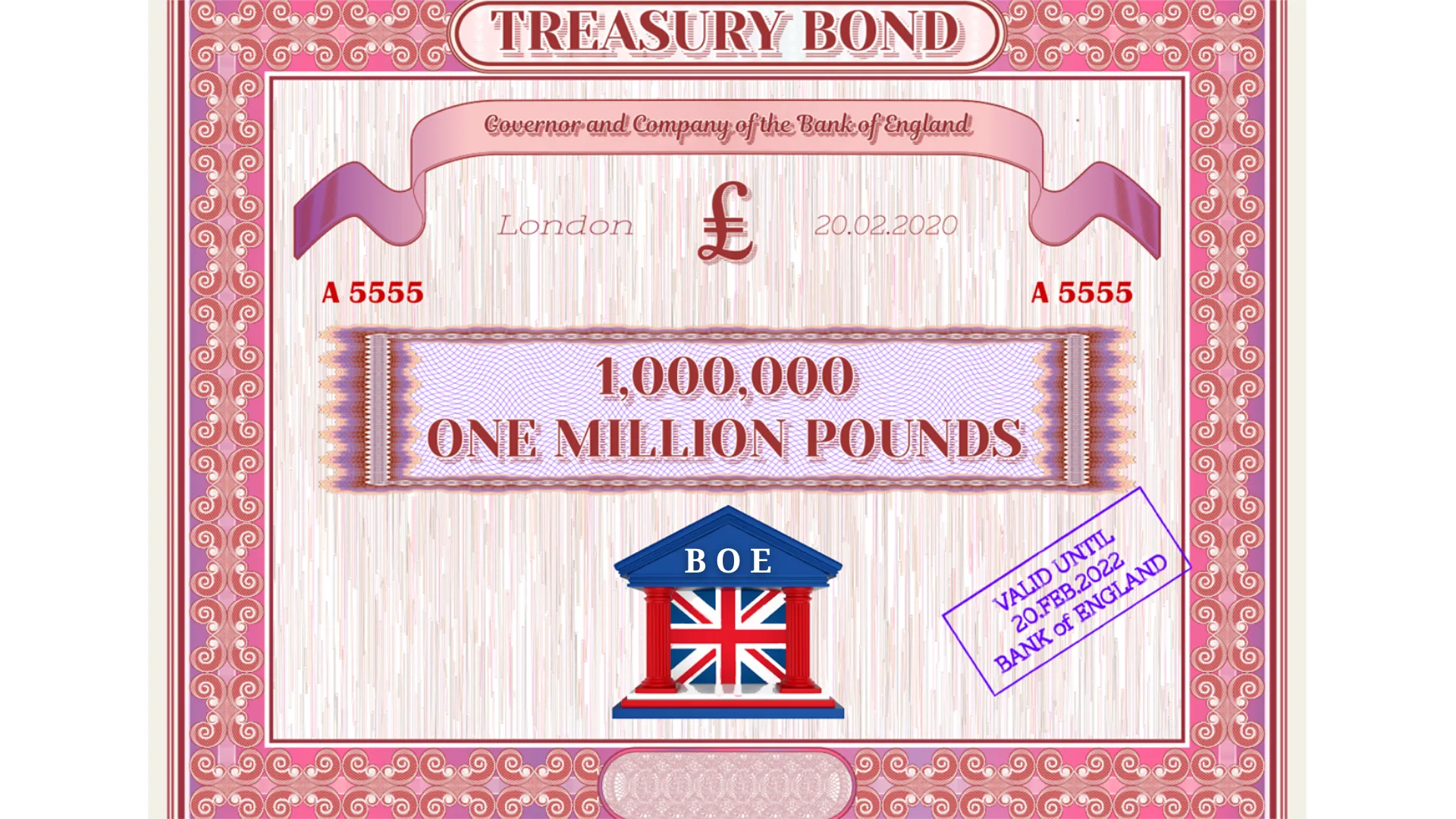The Central Banker’s New Clothes
LONDON – Since March 2020, the Bank of England (BOE) has bought £450 billion ($639 billion) of UK government debt through its so-called Asset Purchase Facility. Virtually all of this was new debt issued by the government since the start of the COVID-19 crisis. The BOE’s purchases look like a thinly veiled attempt to use quantitative easing (QE) to finance the government’s deficit and ensure low borrowing costs. Is this still monetary policy, or is the central bank conducting fiscal policy by the back door?
The BOE claims that there is no connection between monetary and fiscal policy, and that its asset purchases are aimed only at meeting its mandated 2% inflation target. The fact that the amount of the bank’s asset purchases since March 2020 just so happens to match the government’s deficit over the same period is no more than a coincidence. To claim otherwise – that the BOE is engaging in clandestine monetary financing of the deficit – smacks of conspiracy theory.
Moreover, the central bank’s defenders say, even the merest suggestion that the amount of QE was anything other than that required to achieve the BOE’s inflation target would damage the bank’s anti-inflationary credentials. How could the BOE act as an agent of the government and retain credibility as a check on excessive government spending? The BOE doesn’t do fiscal policy, full stop: that is the preserve of the Treasury.
It is easy to see how we slipped into this hall of mirrors. Central banks are owned by governments, and until recently were regarded as operational arms of national treasuries. Then, in the 1980s, a new orthodoxy emerged that excessive government borrowing was the main cause of inflation. So, in the 1990s, central banks were set inflation targets and given control of interest rates in order to meet them, while governments had to balance their books by cutting spending.
This shifted macroeconomic control from governments to central banks. If the government and the private sector were spending more than they earned, the central bank would raise its policy interest rate to make “excess spending” more expensive for both. And until the 2008-09 crash, many praised this regime for its success in keeping inflation stable and low, in contrast to the inflationary excesses of the preceding Keynesian era. But this analysis excluded other, much more important, factors keeping prices down, such as increasing competition from low-cost Chinese manufactures.
The 2008-09 Great Recession led to a reversal of roles without a reversal of language. Monetary policy now became expansionary, while fiscal policy became contractionary. With interest-rate policy disabled by the “zero-bound,” central banks resorted to “unconventional monetary measures” – in effect, printing money – to generate recovery. At the same time, governments cut back spending, the traditional tool used to fight recessions, on the ground that it was inflationary. The result was one of the weakest recoveries in history.
In the wake of the pandemic-induced economic downturn, fiscal and monetary policies have at last been expansionary together. But the fact that Treasury policy is now driving monetary policy cannot be admitted, and not only because this would challenge the perception of central-bank independence. More fundamentally, any admission that monetary policy on its own is virtually impotent to stabilize economies would destroy the intellectual edifice supporting the current theory of macroeconomic policy.
This edifice goes back to Milton Friedman’s disastrous 1956 restatement of the quantity theory of money. Since then, most well-trained economists have come to believe that market economies are naturally stable at full employment, provided only that policymakers can keep the price level stable, because uncertainty about future inflation introduces a crucial element of doubt into private firms’ decisions. So, independent central banks should be given control of money issuance, and governments should balance their budgets, thereby reducing macroeconomic policy to managing the price level.
Friedman’s iteration of the quantity theory of money depended crucially on the seemingly innocuous, and empirically unverified, assumption of “a stable demand for money balances.” It was the predictable ratio of saving to spending that gave the central bank its control over the price level. By varying the quantity of money it made available to the public, the central bank could achieve whatever price level it wanted, and thereby simultaneously ensure that the economy did not overheat or underheat.
But Friedman ignored what John Maynard Keynes called the “speculative demand for money,” which the British economist Ralph Hawtrey had succinctly identified in 1925. “When trade is slack, traders accumulate cash balances because the prospects of profit from any enterprise are slight, and the rate of [return] from any investment is low,” Hawtrey said. “When trade is active, an idle balance is a more serious loss, and traders hasten to use all their resources in their business.”
This means that the state of the economy determines the quantity of money in circulation, and not vice versa. Uncertainty about future inflation is only one of many factors affecting business decisions, which reflect firms’ expectations of “customers at the door.” A central bank’s ability to control the price level and the level of economic activity through purely monetary operations is thus very limited.
The bottom line is that for money to affect the economy in a predictable way, it must be spent in a predictable way. And that can happen only if the spender is the government. The effectiveness of monetary policy thus depends on the central bank being the agent of the Treasury. But no one can admit this, because the Treasury is wicked, and the central bank is virtuous. So, the official language of macroeconomic policy remains monetary policy. Any correlation with fiscal policy is of course purely coincidental.
Copyright: Project Syndicate, 2019.
www.project-syndicate.org








